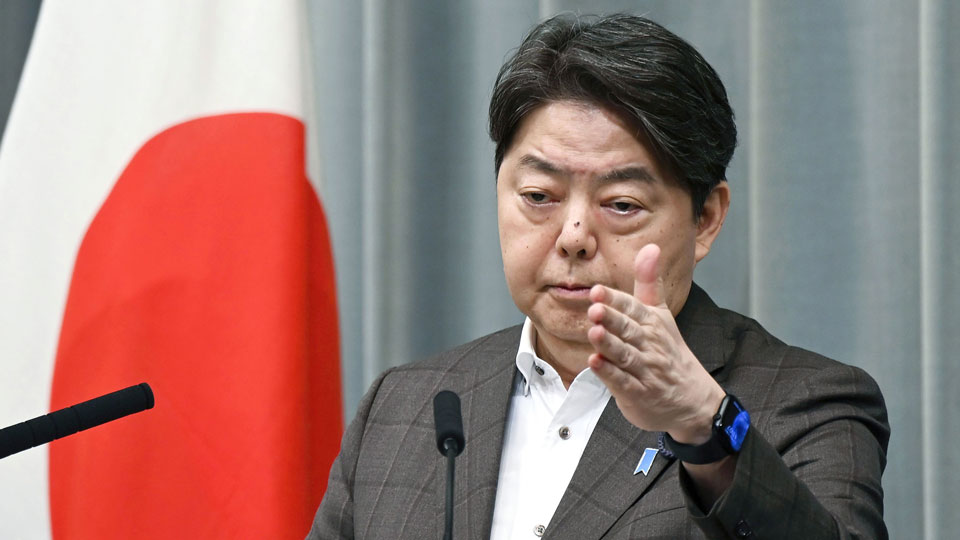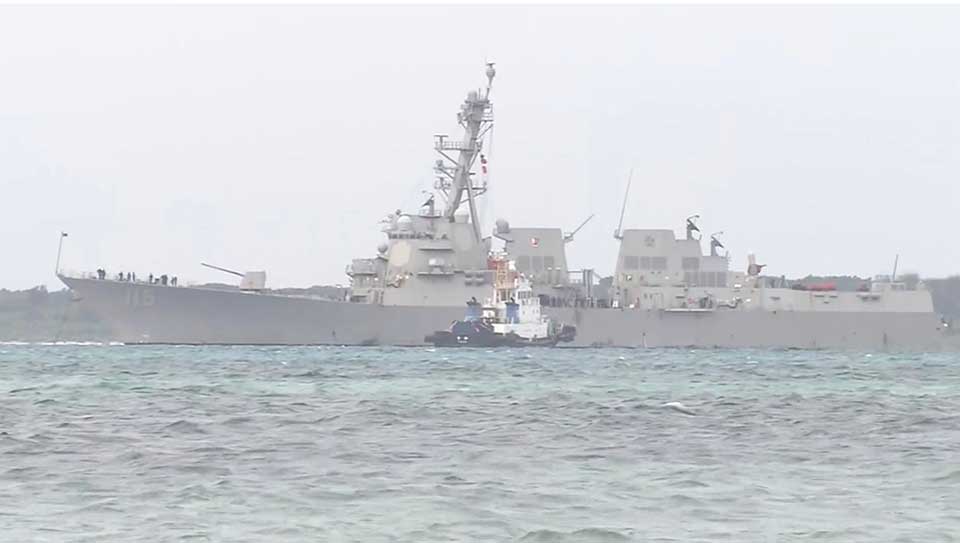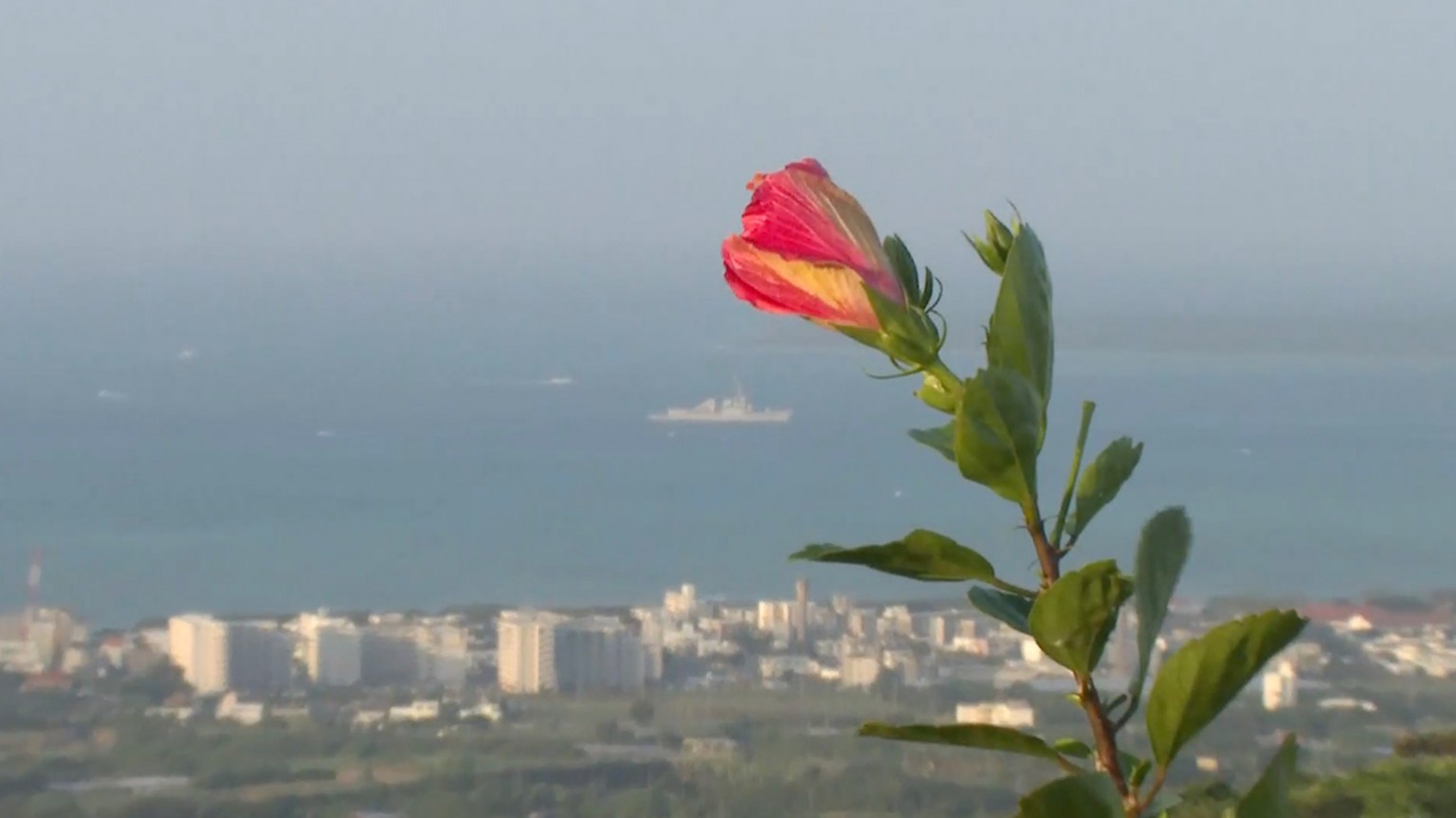US base burden
The prefecture was under American administration for 27 years until May 15, 1972. The United States took control of it in 1945 after the Battle of Okinawa — one of the most intense ground clashes in the final stages of World War Two.
After more than half a century, many residents of Okinawa argue that they still bear a disproportionate burden of the ongoing US military presence in Japan. The prefecture hosts about 70 percent of all American military facilities in Japan, even though it accounts for only 0.6 percent of the country's total land area.
This includes the US Marine Corps Futenma Air Station — which is dubbed "the most dangerous base in the world" because it sits in a crowded residential area.

"The government takes seriously the fact that Okinawa is shouldering a heavy burden in hosting US bases," Chief Cabinet Secretary Hayashi Yoshimasa said at a daily news conference on Wednesday.
Hayashi said that the government will make utmost efforts to ensure the full return of the land where the Futenma air station is currently located, and to reduce Okinawa's burden. He also added that the government will carefully explain to the residents the need to strengthen Japan's defense capabilities.

You may also be interested in:
Okinawa under heavy US base burden, 50 years after the return
Strengthening defense capabilities
Japan has been building Self-Defense Forces facilities in the prefecture to strengthen its defense capabilities in its southwestern islands.
In March last year, the Defense Ministry opened a new SDF camp on Okinawa's southern island of Ishigaki. It has already opened camps on the country's western-most island of Yonaguni and Miyako Island for the same purpose.
During a visit to the camp on Ishigaki Island in September, Japanese Defense Minister Kihara Minoru said boosting the defense of the southwestern region is an urgent task for Japan's national defense.
"Opening the camp shows Japan's stance of not allowing any unilateral change to the status quo by force. Everyday training is instrumental for building genuinely effective defense capabilities," he told GSDF members.
Japanese government sources say preparations are now underway for US Ambassador to Japan Rahm Emanuel to visit the camps on the islands of Ishigaki and Yonaguni later this week.
Japan and the US announced in January last year that they are reorganizing their defense cooperation to make it more effective.
In October, Ground Self-Defense Forces and the US military conducted joint drills on Ishigaki Island based on the scenario of a battle against aircraft and vessels, marking the US troops' first deployment on the island.
In the drills, the GSDF flew one of its Osprey transport aircraft in the prefecture for the first time, triggering protests by local residents. The drill went ahead despite the prefectural government's opposition over safety concerns.
In March, the USS Rafael Peralta, a US Navy guided-missile destroyer, also made its first port call at Ishigaki Island.

You may also be interested in:
Plan unveiled to deploy new US military unit in Okinawa to counter China threat
